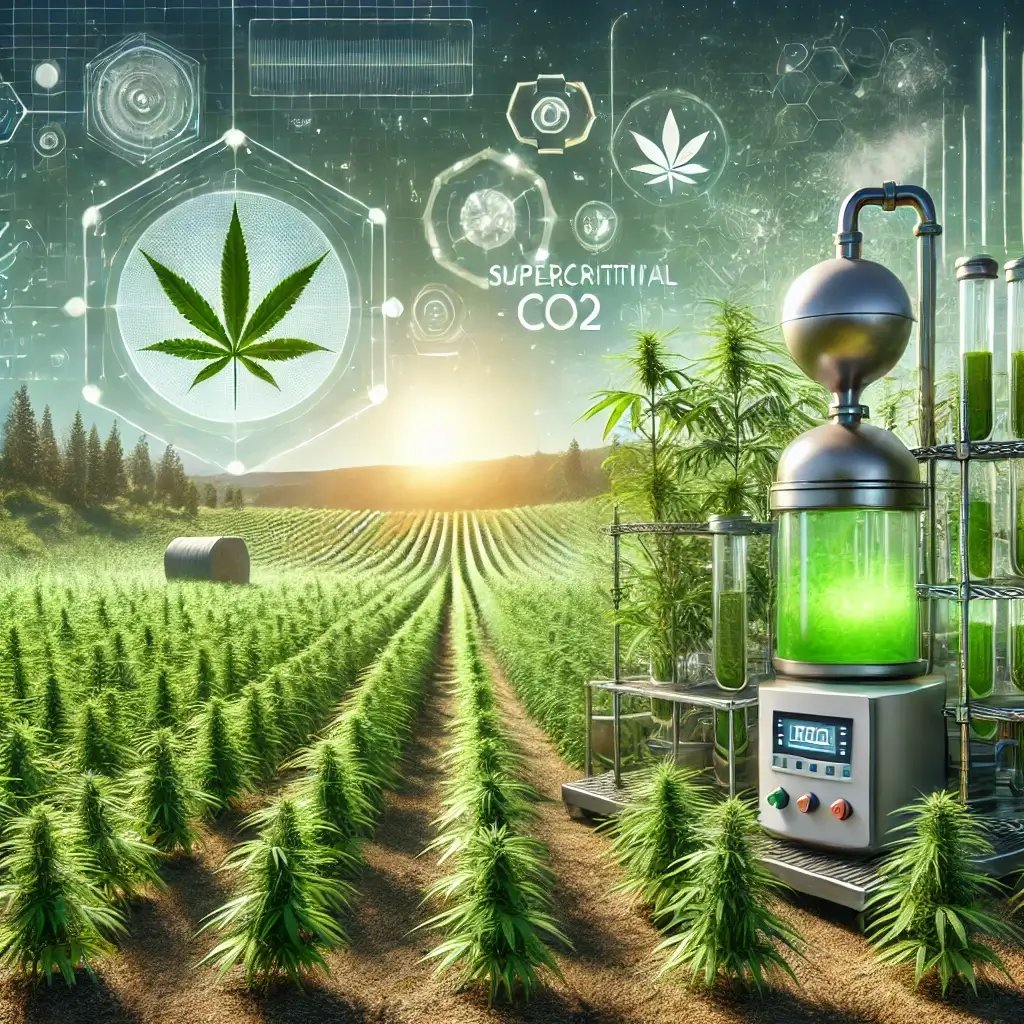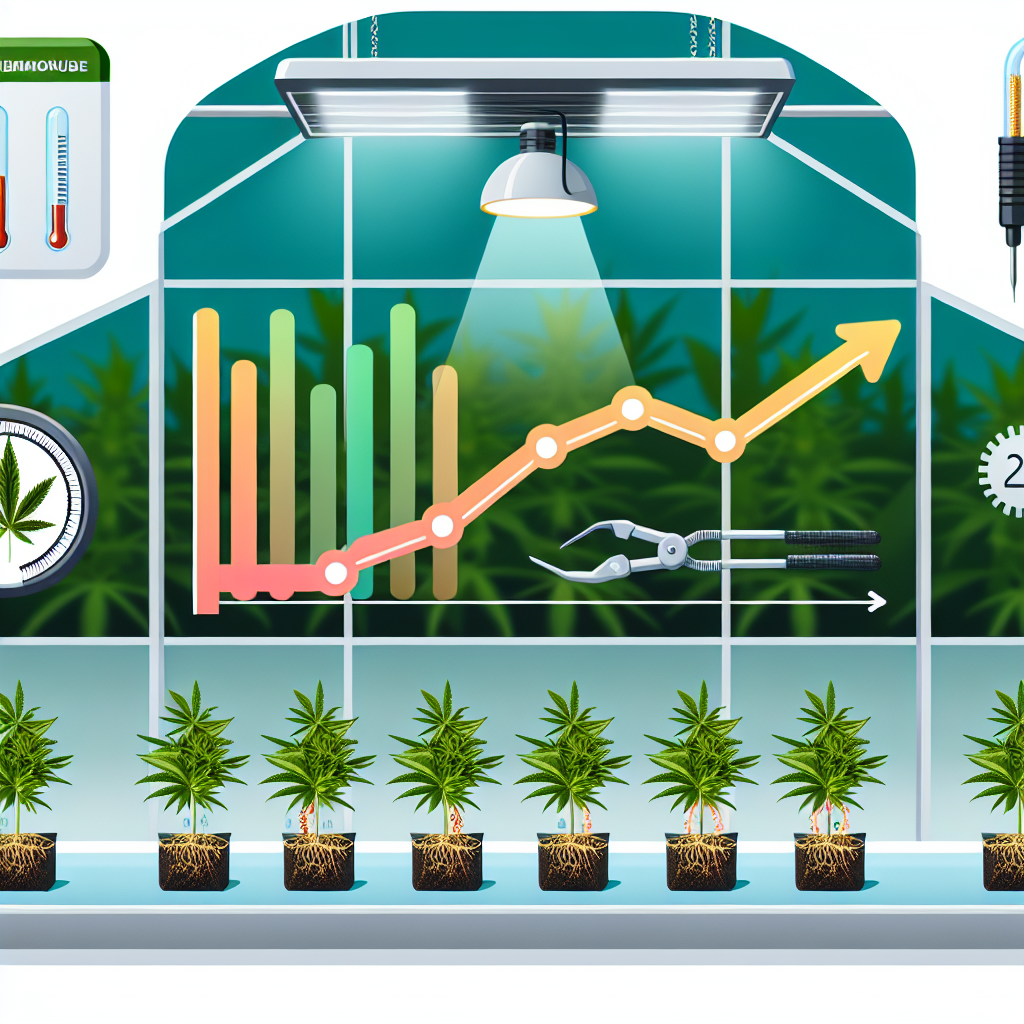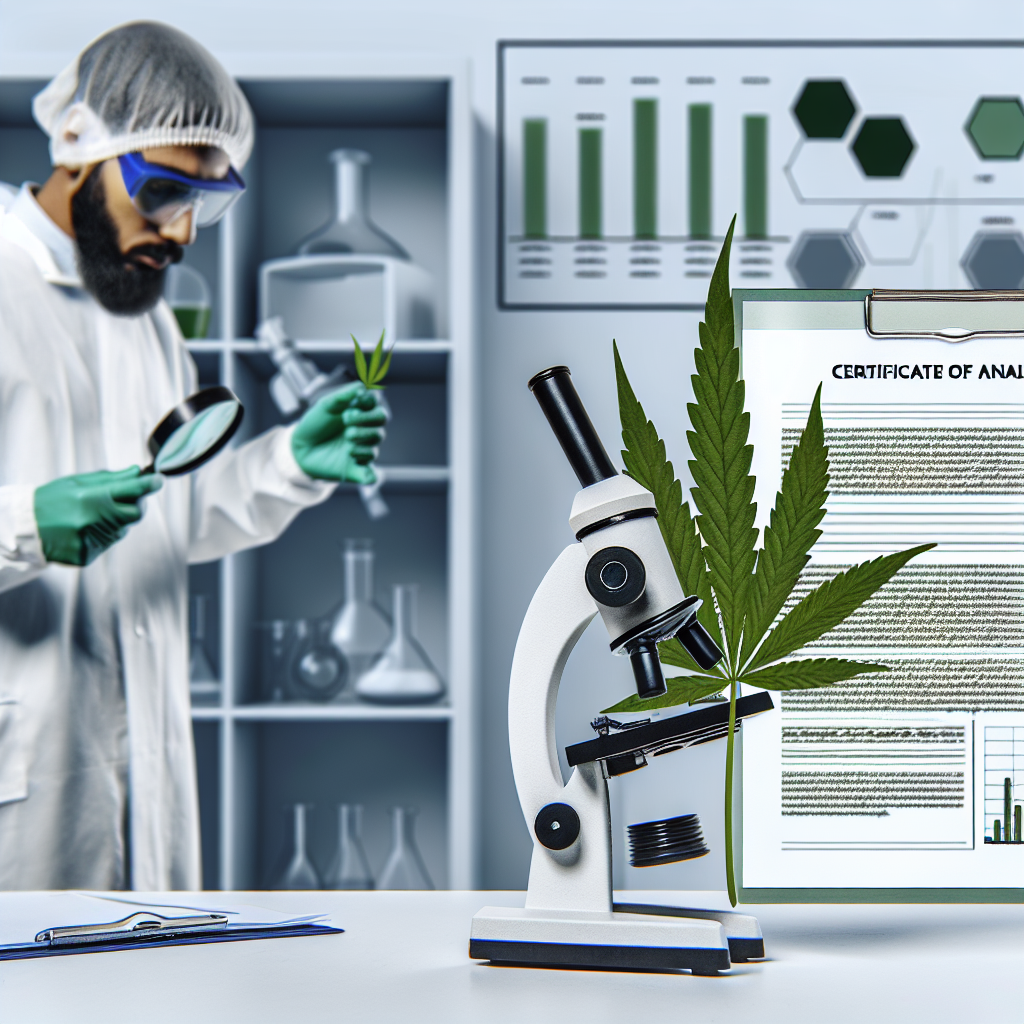Understanding the Marijuana Gateway Drug Theory
The Marijuana Gateway Drug Theory suggests that marijuana consumption increases the likelihood of using harder drugs like cocaine or heroin. While debated, the current understanding is more complex.
Evidence Supporting the Theory
Studies consistently show a strong correlation between marijuana use and subsequent use of other illicit substances. Marijuana users are more likely to experiment with a wider range of illegal drugs at some point in their lives.
Potential Explanations for the Gateway Effect
One theory proposes that marijuana use may alter the brain’s reward pathways, making individuals more susceptible to the appeal and addictive potential of other, more potent illegal substances. Social and environmental factors associated with marijuana use might also increase exposure to other drugs.
Challenges to the Gateway Theory
Correlation doesn’t imply causation. Other factors may be at play, such as common risk factors for substance use and early drug experimentation. Existing studies haven’t established a definitive causal link between marijuana use and progression to harder drugs.
Current Perspective on the Gateway Theory
The theory isn’t universally applicable. While marijuana use may increase the likelihood of using other substances for some individuals, it doesn’t apply to everyone. Researchers now focus on identifying underlying risk factors that make certain individuals more susceptible to substance abuse in general.
Additional Considerations
The age of first marijuana use is crucial, with early use before age 15 increasing the risk of future drug use. Individuals with pre-existing mental health conditions may be more vulnerable to marijuana’s effects and more likely to use additional substances.
Available Resources
For further information, consult the National Institute on Drug Abuse study on the Gateway Theory and the RAND Drug Policy Research Center. It’s essential to understand the risks associated with marijuana use before engaging in it.




